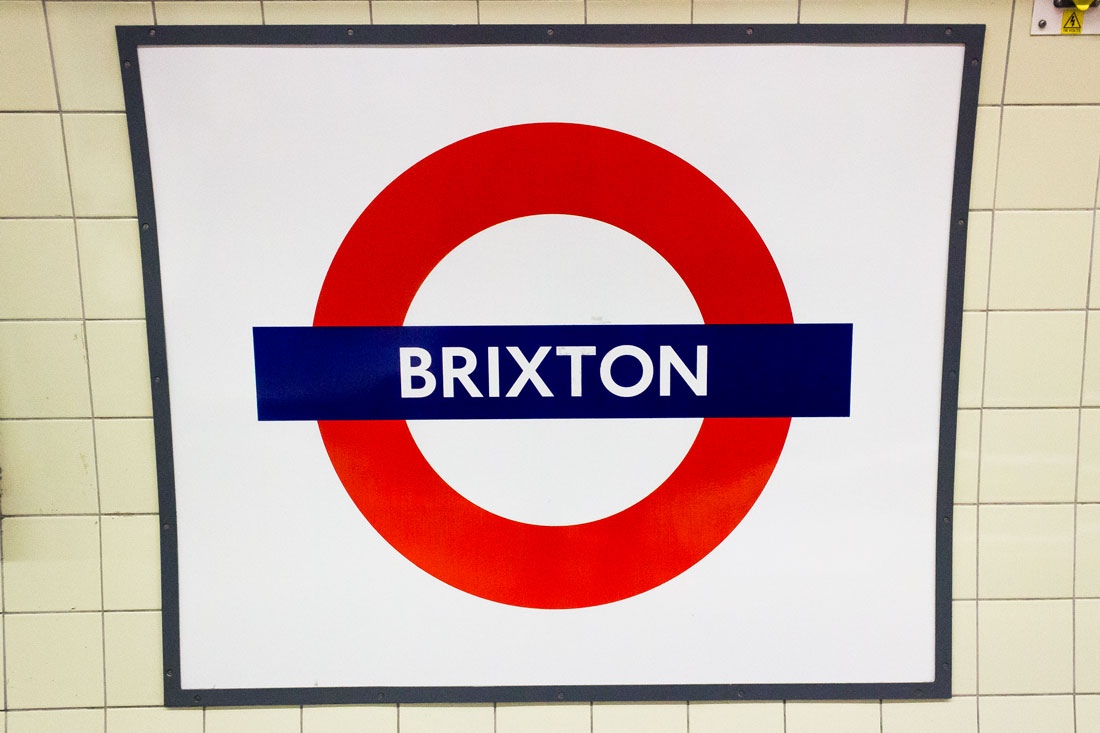London. Part Two.
Districts, suburbs, and population
To the best of the author’s knowledge, London residents are, to put it mildly, dissatisfied with the situation regarding migrants: even according to official statistics, British inhabitants make up only 45% of the population, meaning that the native population is now less than half.
In fact, London is divided into ethnic neighborhoods. Brixton has long been a haven for immigrants from West Indies and Africa, the Italian community settled in Clerkenwell, Bangladeshi migrants preferred the Brick Lane area, Polish people settled in Hammersmith, French people — in South Kensington, while individuals from Africa reside in Peckham and Hackney.
A grocery store in the Shepherd’s Bush area. Inside is a typical suburban supermarket, cramped and dirty.

The streets in Shepherd’s Bush. Numerous small eateries, internet cafes, some stalls, phone and key repair shops.






Hair salon.

A couple of restaurants.

Clothing, textiles.

Money transfers, transportation cards, postcards.

Apple company’s flagship store.

Computer service and internet café.

Streets in the Hammermsith area.




School of arts.

Bus stop.

Catholic church.



In the church, they sell Christmas gifts for charitable purposes. There are several stalls.

New Year market near the subway station.


Shepherd’s Bush Market. Unfortunately, the market was closed. The second photo shows a different market. It’s a typical bazaar where they sell everything from food to music CDs.


Bicycle theft is rampant in London, with reports suggesting that around 20,000 bikes go missing every year. Wheels or frames are often removed, leaving only scraps hanging on the lock.


Meanwhile, London is the most surveilled city in the world. Estimates suggest that around half a million surveillance cameras operate in the city 24/7.

Signs of mortal danger are frequently encountered.


Someone is transporting children in a peculiar bicycle stroller.

There are relatively few high-rise buildings in London. There are no neighborhoods consisting solely of such structures; they are rather sporadic occurrences that suddenly emerge amidst two-story buildings and quickly disappear again. This applies to both the central parts of the city and the outskirts: the number of skyscrapers does not increase as one moves away from the center.







Brixton is considered one of the most dangerous areas in London. One-quarter of the population consists of individuals from Africa and India, but overall, the neighborhood is home to a diverse range of ethnicities. Brixton is predominantly filled with dilapidated two-story houses, and the streets can be empty, creating an oppressive atmosphere. Few people would find it enjoyable to walk around this area at night, and even during the day, one might prefer to pass through quickly without stopping.





An excellent utility pole with wires, just right for an urban area.

The buildings form a continuous wall for half a kilometer, interrupted by a street and then continuing in a solid line. All the structures are constructed in a similar fashion, old, decrepit, and unwashed.


The pub “Duke of Edinburgh.”

Protestant church.

Parking meter.

School.



